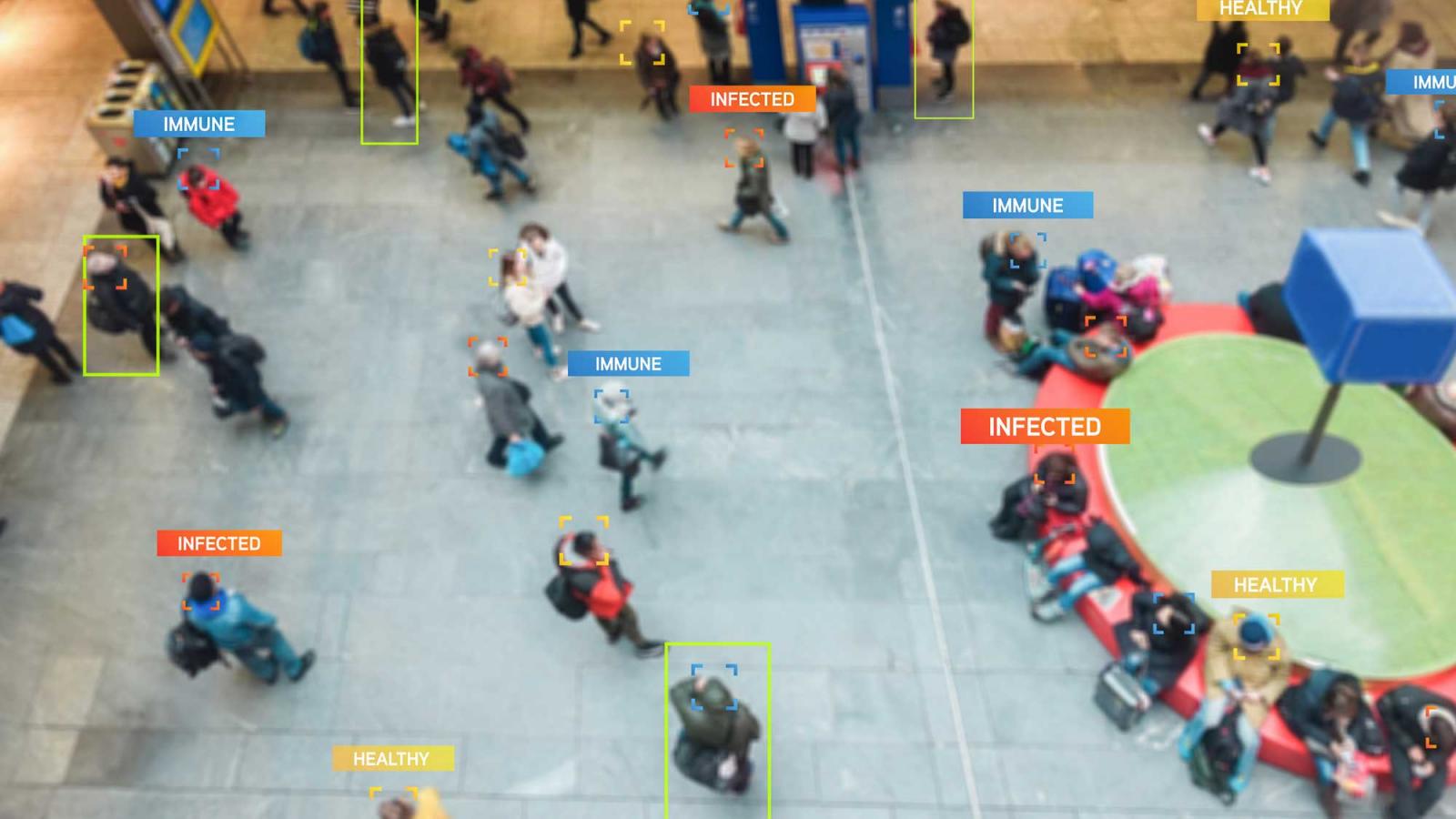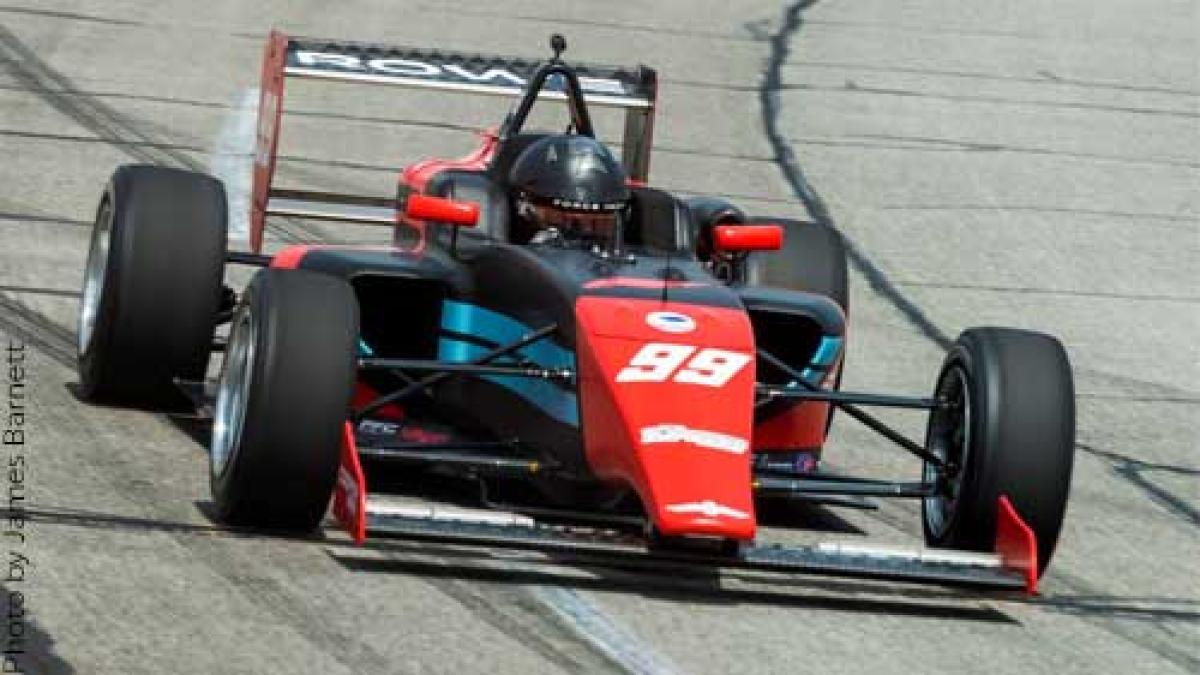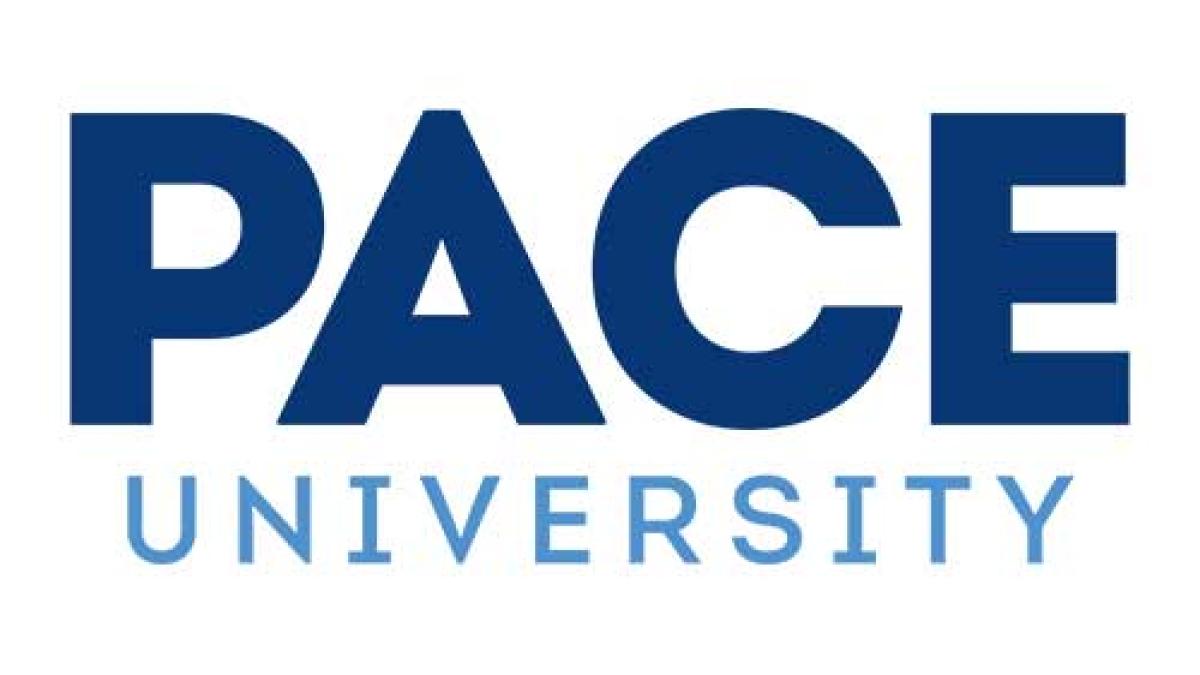In a year unlike any other, the transformative power of Pace has the ability to uplift and hearten. Here are just a few of our most inspiring Pace moments.
Health Data and the Law

View the full issue of Pace Magazine.
As the COVID-19 pandemic took hold of the world, the intersection between public health, safety, technological data, and the law became rather complicated.
“I took Professor Magaldi’s Digital Media Law Class. It got into interesting territory—we really focused on how new media and the law meshes together—how new technologies are introduced, and how the law catches up or doesn’t catch up, and how you might interpret that,” said Lubin student Joseph Peterson ’22.
Peterson was thinking about these ideas at a time in which they were arguably more prevalent than ever. As the COVID-19 pandemic took hold of the world, the intersection between public health, safety, technological data, and the law became rather complicated. These questions prompted Peterson to formulate a research topic titled “Who Has Your Health Data, What Are They Doing With It, and What Can You Do About It?: Legal and Technological Issues Related to Contact Tracing of COVID-19 Infections.”
Thus, with the assistance of Lubin's Ivan Fox Professor and Scholar of Business Law Jessica Magaldi, JD, Peterson dove into the contract tracing process, and spent his summer working with Magaldi and conducting empirical research focusing on the intersection between the law and different contract tracing policies; interpreting laws; and doing a ton of reading to better understand the vital and contingent relationship between health information and personal privacy.
Through the Provost’s Undergraduate Student-Faculty Research award, Peterson, an arts and entertainment management student, was able to fully immerse himself in a subject previously unfamiliar to him. The experience has really enabled him to reimagine what is possible for both his education, and his career going forward.
“I’ve never thought law was something I could understand. It’s really cool that I can. It shows that if you really focus and learn something, you do learn it,” he said.
Magaldi, who has worked with students in a research capacity for quite a long time, finds the current model of student-centered research espoused by the Office of the Provost and Center for Undergraduate Research Experiences to be effective, rewarding, and a great way to empower student researchers.
“Joe did the work. I was a sounding board, but he was the driving force behind it,” said Magaldi. “My role is to support, assist, lift up—I was incredibly impressed with Joe’s work. He defined his research goals and determined where he was going with his project.”
More from Pace Magazine
After nearly two years of research; evaluation; drafting; and input from Pace students, faculty, staff, and alumni, Pace has created a new brand platform, and with it, a new expression of what it means to be part of the Pace Community.
The leaders of tomorrow are right here at Pace—something that the business and technology today have duly recognized.


